 Russell sets the screen aflame in one of her iconic roles. 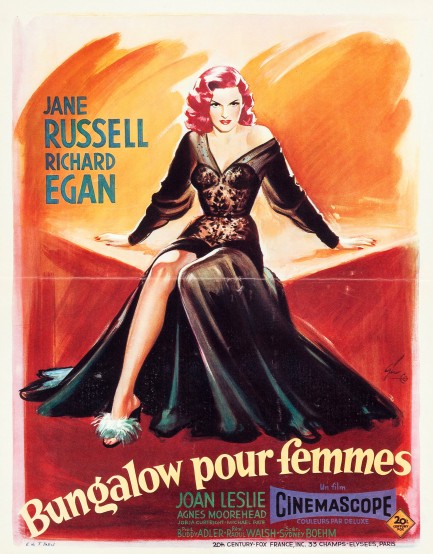 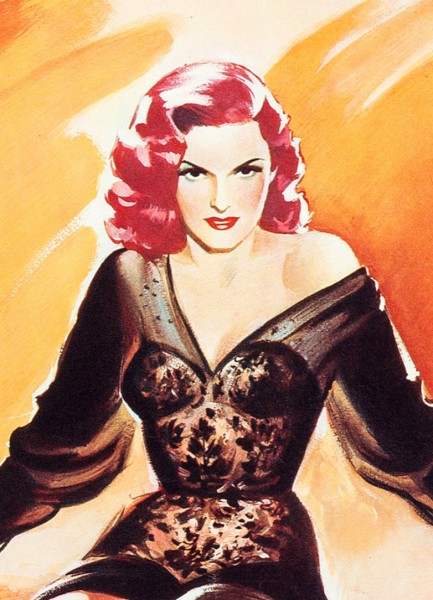
This French promo for The Revolt of Mamie Stover, which opened in Paris today in 1956 after being retitled Bungalow pour femmes, is yet another fantastic effort from the brush of Russian illustrator Boris Grinsson. Jane Russell starred in the film, and we especially like the poster's emphasis on her red hair. We talked about Mamie Stover as well as its complicated source novel last year. Check here for the movie and here for the book. We'll put together a larger collection on Grinsson later.
 Bond. James Bond. Not sure who you are, but stick close anyway. 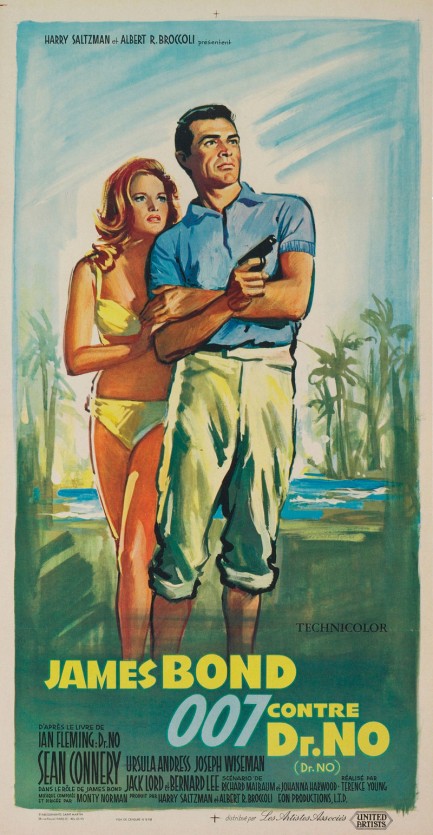
French illustrator Boris Grinsson outdid himself with this promo for James Bond 007 contre Dr. No, aka Dr. No. This is a framable classic, appropriate for a film that reshaped the spy genre. Its only flaw is that while the Sean Connery figure is a good likeness, the representation of Ursula Andress is not very close. We get it though—her perfect, unlined face doesn't give you much to work with. To get Connery close, you just need to make sure you include his bushy eyebrows and the deep facial lines bracketing his mouth. But Andress is a true test of skill. It's still a great poster. Perhaps even our favorite from the Bond franchise. The movie premiered in France today in 1963.
 Brando and Niven break hearts and bank accounts on the French Riviera. 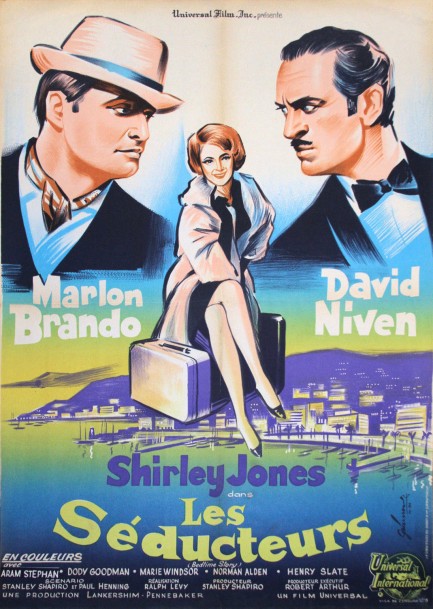
Les séducteurs had its French premiere today in 1964, with the above promo art by Russian born illustrator Boris Grinsson paving the way for a U.S. production featuring Marlon Brando, Shirley Jones, and David Niven. Séducteurs translates to “deceivers,” but the original title was Bedtime Story. What you have is a couple of con men who fleece women out of jewels, cash, and more. When they cross paths on the French Riviera their egos bring about a clash of wills and a high stakes wager to see which of them can scam ripe target Shirley Jones out of $25,000. Later the bet shifts to which of them can scam her out of her clothes. File the movie with set-in-France caper comedies like To Catch a Thief, Charade, and Beg, Borrow or Steal. For that matter file it with 1988's Dirty Rotten Scoundrels, which is actually a quasi-remake of this flick. For most watchers Bedtime Story won't be up to the standards of those other films—even the one based upon it—but we thought it was pretty damned good.  
 Some women are trouble. But some trouble is worth it. 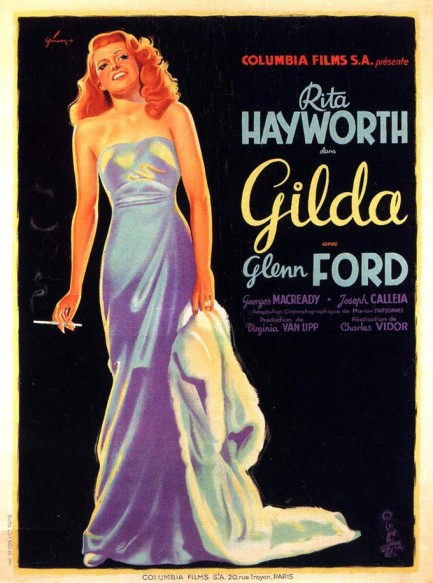
Above you see a poster for the game changing film noir Gilda, which opened today in 1946 with Rita Hayworth and Glenn Ford in the starring roles as a casino owner's wife and a gambling drifter. This promo is different from the three we showed you some years back, so we thought we'd upload it just to further bolster our visual documentation of this classic. The piece was painted by the storied Russian born artist Boris Grinsson, who we've discussed only briefly but will certainly get back to. As for Gilda, it's been exhaustively covered by virtually every film writer far and wide, so we've got nothing to add. Watch it.
 Monroe, Curtis, and Lemmon give jazz a swing. 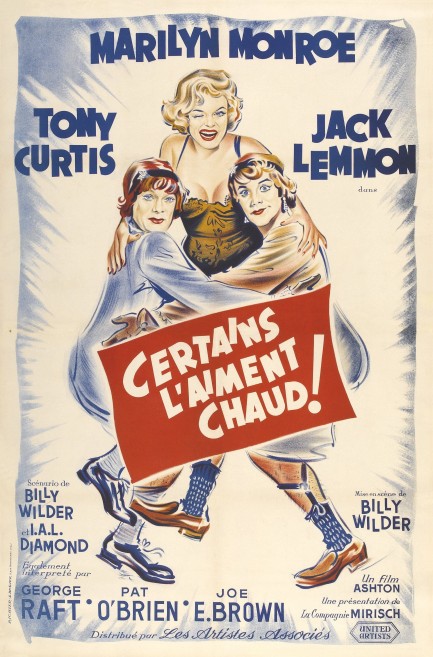
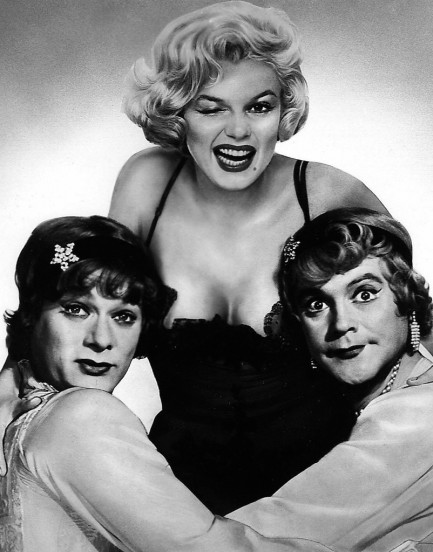 On this promo poster for the Marilyn Monroe comedy Certains l'aiment chaud, aka Some Like It Hot, it looks like Russian illustrator Boris Grinsson went a little strong on Monroe's wink, making her look like she got a splinter of glass in her eye, but Monroe actually looked that way in the promo photo used as the basis of the art, which you can see at right. On this promo poster for the Marilyn Monroe comedy Certains l'aiment chaud, aka Some Like It Hot, it looks like Russian illustrator Boris Grinsson went a little strong on Monroe's wink, making her look like she got a splinter of glass in her eye, but Monroe actually looked that way in the promo photo used as the basis of the art, which you can see at right.
You know all about this movie, so we won't bother to go over it. We'll just mention, if you haven't seen it, don't be surprised that it's in black and white. There are so many color production photos from this one—like the several we've shared below—that we even forgot. And we'd seen the movie several times, though not in about ten years. When it opened with documentary style footage of a car chase and shootout followed by a title card reading “Chicago, 1929,” we were thinking, “Ah, this is where it shifts to color.”
But of course it didn't, and we suddenly remembered that this was a later black and white production, made the same year Technicolor films such as Ben Hur and North by Northwest hit cinemas. According to our research, Monroe actually had a stipulation in her contract that all her films had to be in color, but director Billy Wilder wanted black and white because the heavy makeup worn by Curtis and Lemmon—who spend most of the movie disguised as women—looked green in Technicolor. He lobbied Monroe and she finally agreed her co-stars could not be green. Does Some Like It Hot fit under our self-defined umbrella of pulp? Of course—there are gangsters, the aforementioned shootout, and it's about two jazz musicians on the run. And few Hollywood figures are more pulp in essence than Monroe. The character of nightclub singer Sugar Kane is one of her better creations. Sit back and enjoy. Some Like It Hot premiered in the U.S. in February 1959, and opened in Paris as Certains l'aiment chaud today the same year. Another promotional poster by Grinsson appears below, and you can see the very different West German promo poster here. 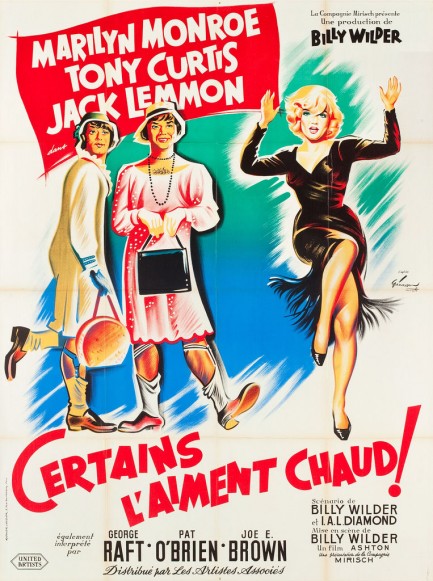 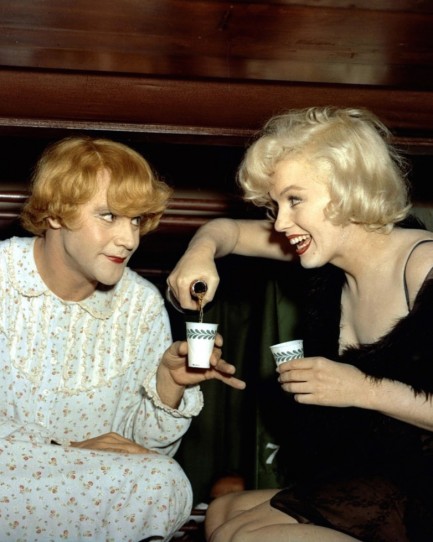 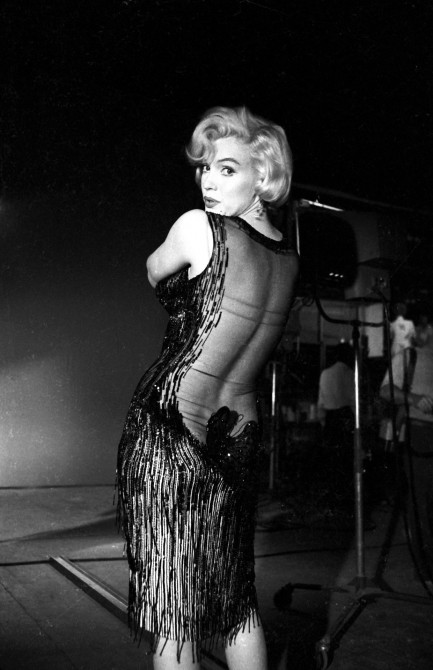 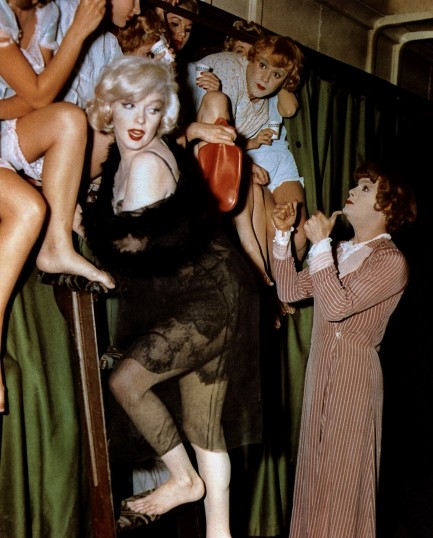 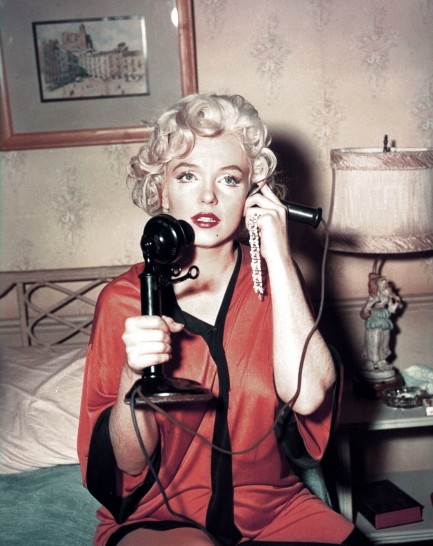
|
 |

The headlines that mattered yesteryear.
1939—Batman Debuts
In Detective Comics #27, DC Comics publishes its second major superhero, Batman, who becomes one of the most popular comic book characters of all time, and then a popular camp television series starring Adam West, and lastly a multi-million dollar movie franchise starring Michael Keaton, then George Clooney, and finally Christian Bale. 1953—Crick and Watson Publish DNA Results
British scientists James D Watson and Francis Crick publish an article detailing their discovery of the existence and structure of deoxyribonucleic acid, or DNA, in Nature magazine. Their findings answer one of the oldest and most fundamental questions of biology, that of how living things reproduce themselves. 1967—First Space Program Casualty Occurs
Soviet cosmonaut Vladimir Komarov dies in Soyuz 1 when, during re-entry into Earth's atmosphere after more than ten successful orbits, the capsule's main parachute fails to deploy properly, and the backup chute becomes entangled in the first. The capsule's descent is slowed, but it still hits the ground at about 90 mph, at which point it bursts into flames. Komarov is the first human to die during a space mission. 1986—Otto Preminger Dies
Austro–Hungarian film director Otto Preminger, who directed such eternal classics as Laura, Anatomy of a Murder, Carmen Jones, The Man with the Golden Arm, and Stalag 17, and for his efforts earned a star on Hollywood's Walk of Fame, dies in New York City, aged 80, from cancer and Alzheimer's disease. 1998—James Earl Ray Dies
The convicted assassin of American civil rights leader Martin Luther King, Jr., petty criminal James Earl Ray, dies in prison of hepatitis aged 70, protesting his innocence as he had for decades. Members of the King family who supported Ray's fight to clear his name believed the U.S. Government had been involved in Dr. King's killing, but with Ray's death such questions became moot.
|

|
|

It's easy. We have an uploader that makes it a snap. Use it to submit your art, text, header, and subhead. Your post can be funny, serious, or anything in between, as long as it's vintage pulp. You'll get a byline and experience the fleeting pride of free authorship. We'll edit your post for typos, but the rest is up to you. Click here to give us your best shot.

|
|













 On this promo poster for the Marilyn Monroe comedy Certains l'aiment chaud, aka Some Like It Hot, it looks like Russian illustrator Boris Grinsson went a little strong on Monroe's wink, making her look like she got a splinter of glass in her eye, but Monroe actually looked that way in the promo photo used as the basis of the art, which you can see at right.
On this promo poster for the Marilyn Monroe comedy Certains l'aiment chaud, aka Some Like It Hot, it looks like Russian illustrator Boris Grinsson went a little strong on Monroe's wink, making her look like she got a splinter of glass in her eye, but Monroe actually looked that way in the promo photo used as the basis of the art, which you can see at right.








































































